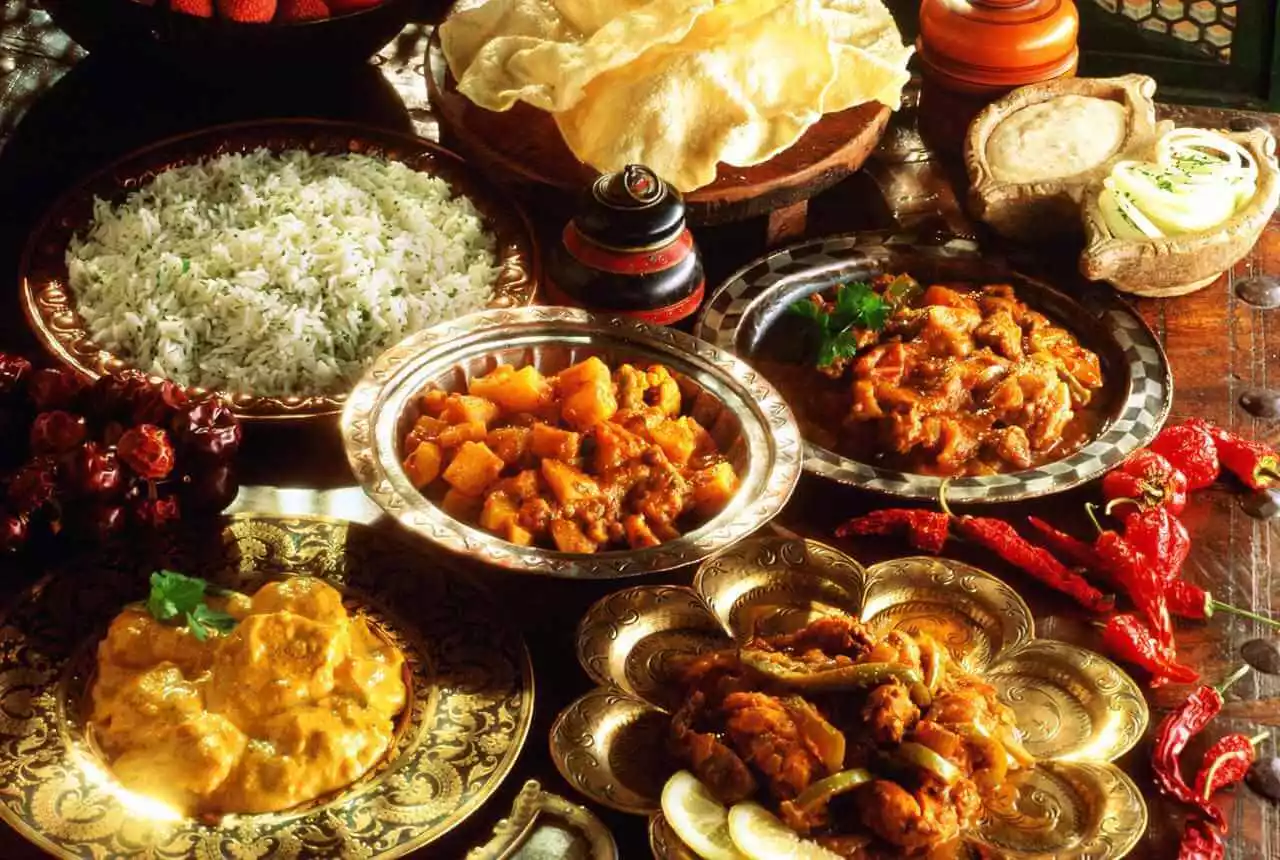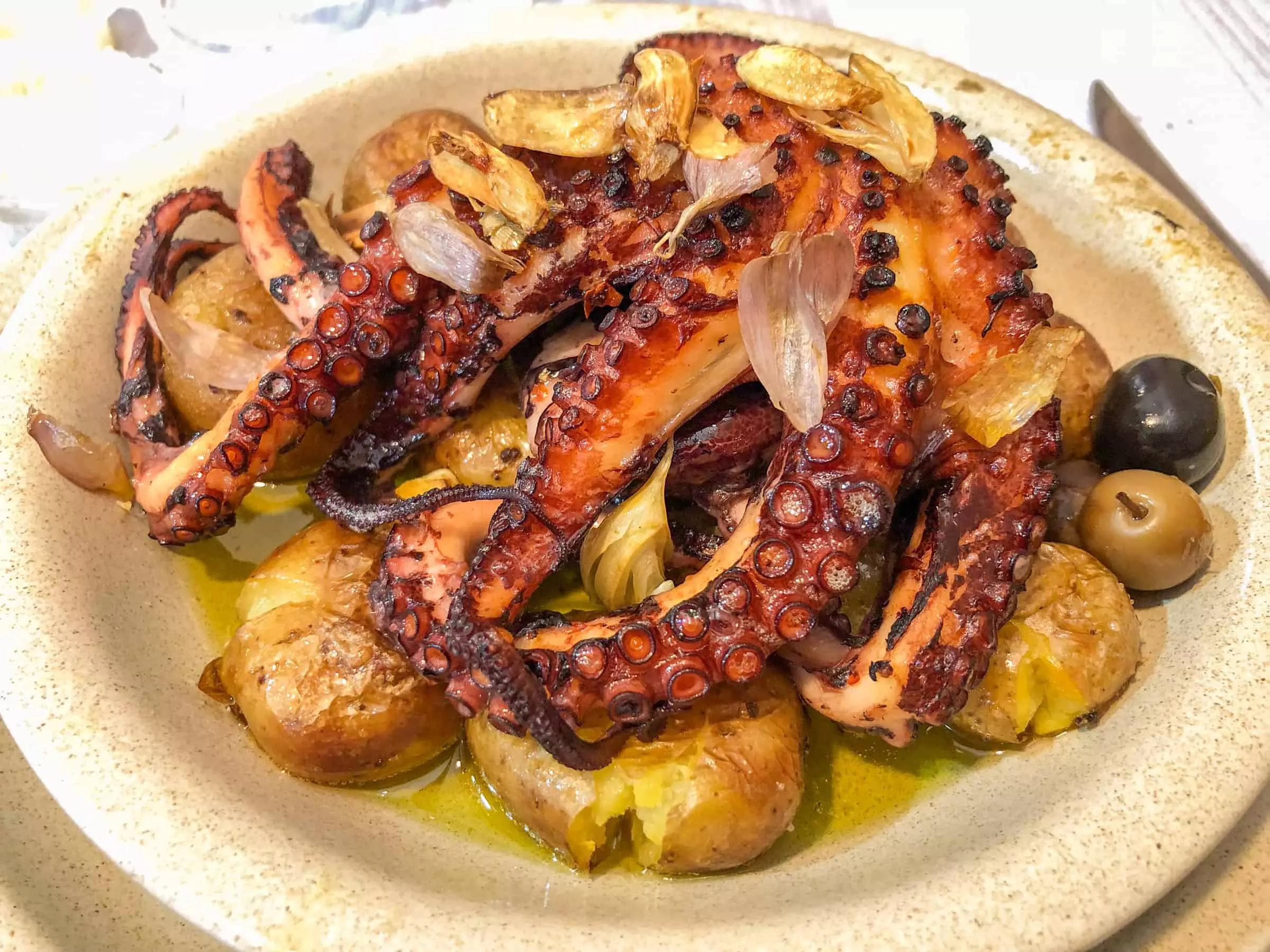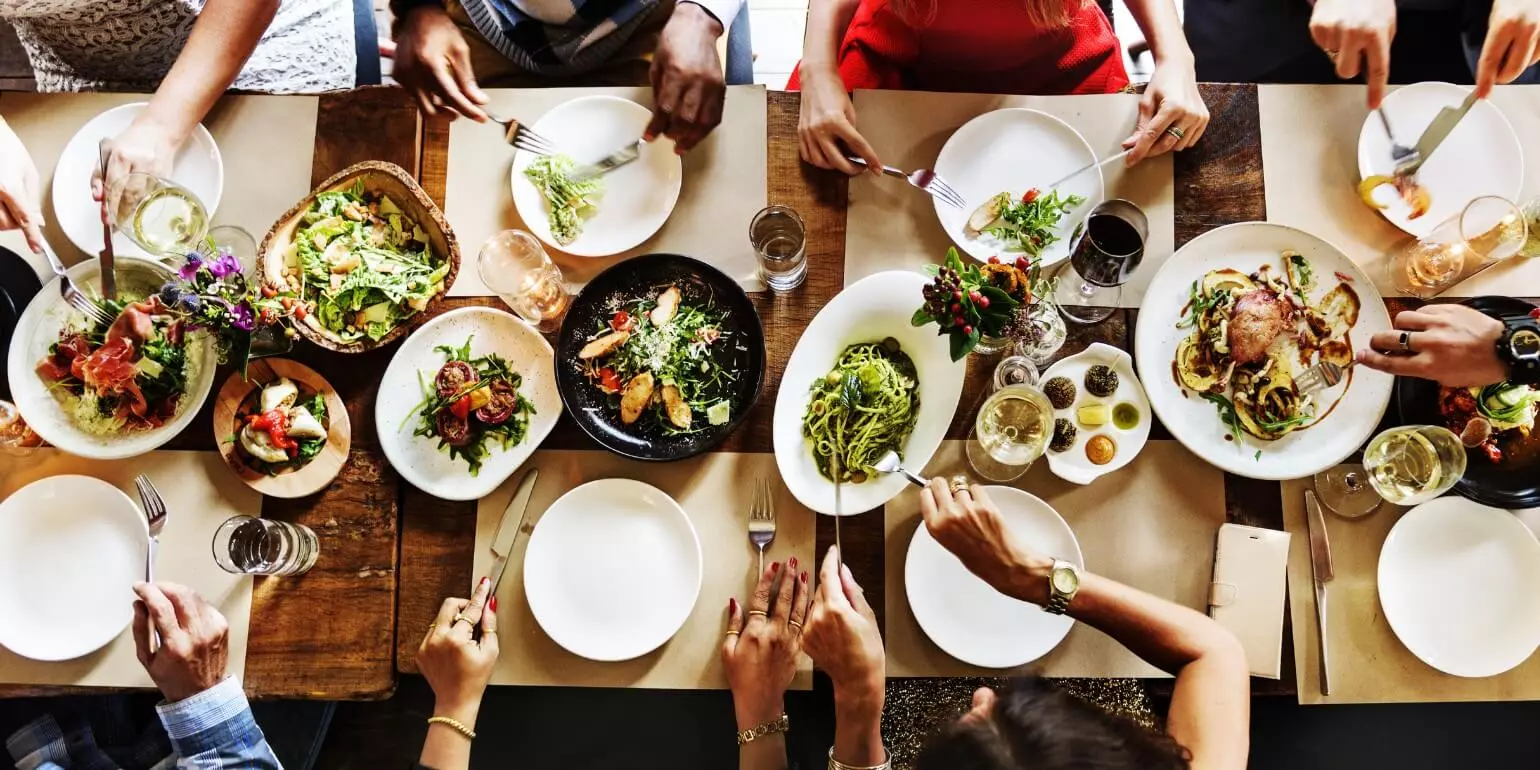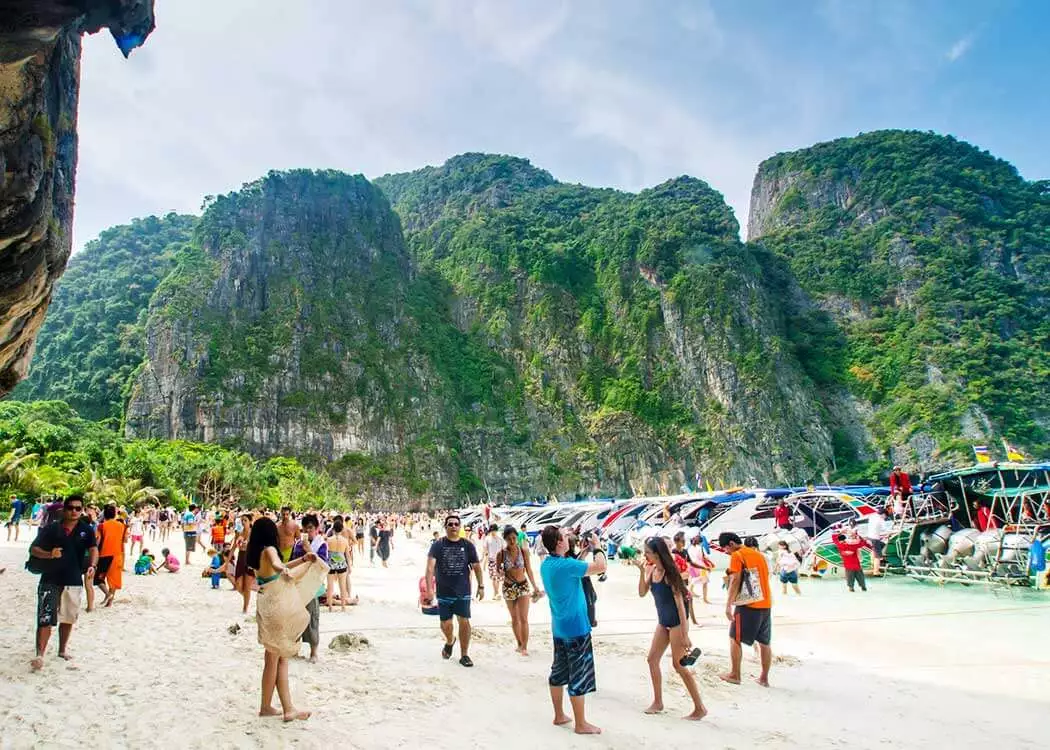Embark on a culinary adventure through the vibrant world of [specific country or region]’s local cuisine and food festivals. As a seasoned food enthusiast, I have curated this comprehensive guide to help you navigate the flavors and traditions that define this captivating region. From savoring traditional dishes bursting with unique flavors to immersing yourself in the festive atmosphere of local food festivals, this guide will be your compass to a gastronomic journey like no other. Join me as we explore the rich tapestry of tastes and experiences waiting to be discovered.
Content

Delving into Local Cuisine
When it comes to exploring a country’s culture, there’s no better way than diving into its local cuisine. Each region boasts unique flavors, ingredients, and cooking techniques that tell a story of its history and traditions. Join me as I take you on a culinary adventure, exploring the delightful world of [specific country or region]’s local cuisine.
1. Traditional Dishes and Ingredients
I’ll introduce you to the heart and soul of [specific country or region]’s culinary heritage. From savory to sweet, we’ll discover a myriad of traditional dishes bursting with flavors. Think about savoring the rich and tender slow-cooked barbecue ribs, enjoying a warm bowl of creamy corn chowder, or indulging in a slice of freshly baked apple pie. These dishes often showcase locally sourced ingredients such as farm-fresh vegetables, artisanal cheeses, and succulent seafood.
2. Cultural Influences and Cooking Techniques
Uncover the fascinating blend of cultural influences that have shaped [specific country or region]’s cuisine. We’ll explore how the fusion of different cultures has led to unique culinary creations. For instance, the country’s Native American roots might shine through in dishes featuring corn, beans, and squash. Additionally, the infusion of flavors from European, African, and Asian immigrants has added depth and variety to the local gastronomy. We’ll also delve into the cooking techniques used, whether it’s grilling, smoking, or slow simmering, each method imparts its own distinct taste.
3. Popular Regional Variations and Specialties
[Specific country or region] is a land of diverse landscapes, and this diversity extends to its culinary scene. we’ll explore the regional variations and specialties that make each area unique. From the spicy flavors of the South to the hearty dishes of the Midwest, every region has its signature dishes to tantalize your taste buds. Imagine savoring a bowl of authentic jambalaya in Louisiana or enjoying a plate of fresh lobster rolls in New England. We’ll uncover hidden gems and local delicacies that showcase the culinary prowess of each region.
4. Must-Try Dishes and Flavors
No culinary journey is complete without indulging in the must-try dishes of [specific country or region]. I’ll guide you through a curated list of iconic dishes that you simply can’t miss. From fluffy buttermilk pancakes drizzled with maple syrup to zesty fish tacos bursting with flavors, there’s something for every palate. I’ll also share my personal experiences and recommendations for the best places to try these delectable dishes.
Also Read: The Best Beach Destinations For Relaxation And Sunbathing
Must-Try Dishes and Beverages
As I ventured into the culinary wonders of [specific country or region], I discovered an array of must-try dishes and beverages that left an indelible mark on my taste buds. I will guide you through a tantalizing journey of flavors, highlighting the iconic dishes and beverages that define the local gastronomy.

1. Iconic Dishes Representing the Local Cuisine
Prepare to be whisked away by the flavors of [specific country or region]’s iconic dishes. From the comforting goodness of a classic cheeseburger to the fiery heat of Buffalo chicken wings, these dishes capture the essence of the region. As I savored the tender and succulent smoked ribs, I could taste the labor of love that went into slow-cooking them to perfection. Each bite of the flaky and buttery lobster roll transported me to the charming coastal towns where this delicacy reigns supreme.
2. Description of Ingredients and Flavors
Let’s dive deeper into the ingredients and flavors that make these dishes truly unforgettable. Picture sinking your teeth into a juicy steak, seasoned with a blend of aromatic spices, and cooked to your desired level of doneness. The rich umami flavors of locally sourced seafood, such as plump shrimp and tender crab, will transport you to the ocean’s edge. As I sipped on a glass of crisp and fruity apple cider, I relished the sweet and tangy notes that danced on my palate.
3. Regional Delights and Specialties
As we explore different regions, we’ll uncover a treasure trove of regional delights and specialties. In the bustling streets of [specific city or region], I discovered the artistry of crafting mouthwatering deep-dish pizza with a thick, doughy crust, overflowing with layers of cheese and robust tomato sauce. Venturing into the heartland, I indulged in the heartwarming flavors of creamy macaroni and cheese, a beloved comfort food that has stood the test of time.
4. Hidden Gems and Local Secrets
In my culinary escapades, I stumbled upon hidden gems and local secrets that added a touch of intrigue to my journey. At a tucked-away café, I tasted the velvety smoothness of freshly brewed artisanal coffee, carefully roasted and crafted by passionate baristas. Exploring the bustling markets, I discovered the joy of biting into warm and pillowy soft pretzels, sprinkled with coarse salt, and paired with tangy mustard for a delightful contrast of flavors.
Insider Tips for Food Enthusiasts
As a passionate food enthusiast, I’ve gathered invaluable insider tips to enhance your culinary adventures in [specific country or region]. From navigating local markets to savoring hidden gems, these tips will elevate your foodie experience and help you discover the true essence of the region’s gastronomy.
1. Exploring Local Markets and Food Stalls
Immerse yourself in the vibrant tapestry of flavors by exploring local markets and food stalls. Here, you’ll find a treasure trove of fresh produce, artisanal products, and mouthwatering street food. Visit farmers’ markets to connect with local growers, sample seasonal fruits, and handpick the finest ingredients. Don’t be afraid to strike up conversations with vendors; they often have fascinating stories to share. In my own experience, I discovered a small food stall tucked away in an alley, where a skilled chef prepared the most delectable dumplings I’ve ever tasted.
2. Etiquette and Customs When Dining Out
To fully embrace the local culture, it’s essential to be aware of dining etiquette and customs. In some regions, it’s customary to leave a small tip for exceptional service, while in others, it may be considered rude. Familiarize yourself with local customs, such as whether it’s polite to slurp noodles or use your hands when eating certain dishes. Respecting and embracing these traditions will not only enhance your experience but also show your appreciation for the local culture. I remember being welcomed into a traditional eatery, where I learned to eat sushi with chopsticks and enjoyed the warm hospitality of the staff.
3. Uncovering Hidden Gems and Culinary Experiences
To truly delve into the local cuisine, seek out hidden gems and unique culinary experiences. These off-the-beaten-path establishments often offer authentic flavors and intimate settings. Look for recommendations from locals or explore online food communities to find these hidden treasures. I stumbled upon a cozy family-run restaurant, tucked away in a residential neighborhood, where I was treated to a feast of regional specialties and heartwarming hospitality. Such experiences create lasting memories and provide a deeper connection to the local food culture.
4. Supporting Sustainable Gastronomic Practices
As a responsible food enthusiast, consider supporting sustainable gastronomic practices. Seek out restaurants and vendors that prioritize locally sourced ingredients, eco-friendly packaging, and ethical farming practices. By choosing establishments that align with these values, you contribute to the preservation of the environment and support the local economy. I had the pleasure of dining at a farm-to-table restaurant, where the menu highlighted the region’s seasonal produce, and the chef shared stories of collaborating with local farmers to promote sustainable practices.
These insider tips will elevate your culinary journey through [specific country or region]. By exploring local markets, embracing dining customs, uncovering hidden gems, and supporting sustainable practices, you’ll embark on a truly immersive and enriching food adventure. So, don your culinary explorer hat and let your taste buds guide you through a world of flavors and discoveries.

Conclusion
As our culinary journey through [specific country or region]’s local cuisine and food festivals comes to a close, I hope you are inspired to explore the tantalizing flavors and vibrant traditions that await you. From savoring traditional dishes bursting with unique flavors to immersing yourself in the festive atmosphere of food festivals, this guide has offered a glimpse into the rich tapestry of tastes and experiences. So, pack your appetite and embark on an unforgettable gastronomic adventure, where every bite tells a story and every festival celebration is a feast for the senses.
FAQs
u003cstrongu003eHow can I find information about local cuisine and food festivals in [specific country or region]?u003c/strongu003e
There are several ways to gather information. You can start by researching online through official tourism websites, food blogs, or local event directories. Additionally, reaching out to locals, joining social media food groups, or consulting travel agencies specializing in culinary experiences can provide valuable insights.
u003cstrongu003eAre food festivals in [specific country or region] suitable for vegetarians or people with dietary restrictions?u003c/strongu003e
While local cuisine often includes a diverse range of dishes, it’s important to note that not all food festivals cater specifically to vegetarians or individuals with dietary restrictions. However, some festivals offer vegetarian or vegan options, and it’s advisable to inquire in advance or communicate your dietary needs to organizers or food vendors for suitable options.
u003cstrongu003eWhat are some popular dishes or specialties I should try during my visit to [specific country or region]?u003c/strongu003e
[Specific country or region] boasts a variety of culinary delights. Don’t miss the opportunity to try iconic dishes such as [dish 1], [dish 2], and [dish 3]. Additionally, indulge in regional specialties like [specialty 1], [specialty 2], and [specialty 3], which will give you a deeper understanding of the local food culture.
u003cstrongu003eHow do I navigate language barriers when exploring local cuisine and food festivals?u003c/strongu003e
Language barriers can be overcome with a few strategies. Firstly, learning a few basic phrases or key food-related vocabulary in the local language can go a long way. Additionally, using translation apps or carrying a pocket-sized phrasebook can help facilitate communication. Finally, don’t hesitate to rely on non-verbal cues, pointing at menus or food items, or simply observing and imitating locals to make informed choices.
u003cstrongu003eAre there any health and safety considerations to keep in mind while enjoying local cuisine and food festivals?u003c/strongu003e
Health and safety should always be a priority. It’s essential to practice good hygiene, such as washing your hands before eating and opting for clean and reputable food establishments. Pay attention to food handling practices, ensure meat and seafood are thoroughly cooked, and drink bottled or filtered water. Additionally, if you have any specific allergies or dietary concerns, communicate them clearly to food vendors to avoid any unwanted reactions.

My name is Amanda. I am a travel blogger from the United States who loves to explore and write about my adventures! I have been fortunate enough to travel all over the world, and have seen so much of this beautiful planet that we live on. From hiking through a rainforest in Costa Rica or exploring a new city during one of my many trips abroad, there’s nothing quite like seeing new places for the first time. I love writing about what it’s like to be a woman traveling alone, as well as sharing stories from other female travelers around the world.









